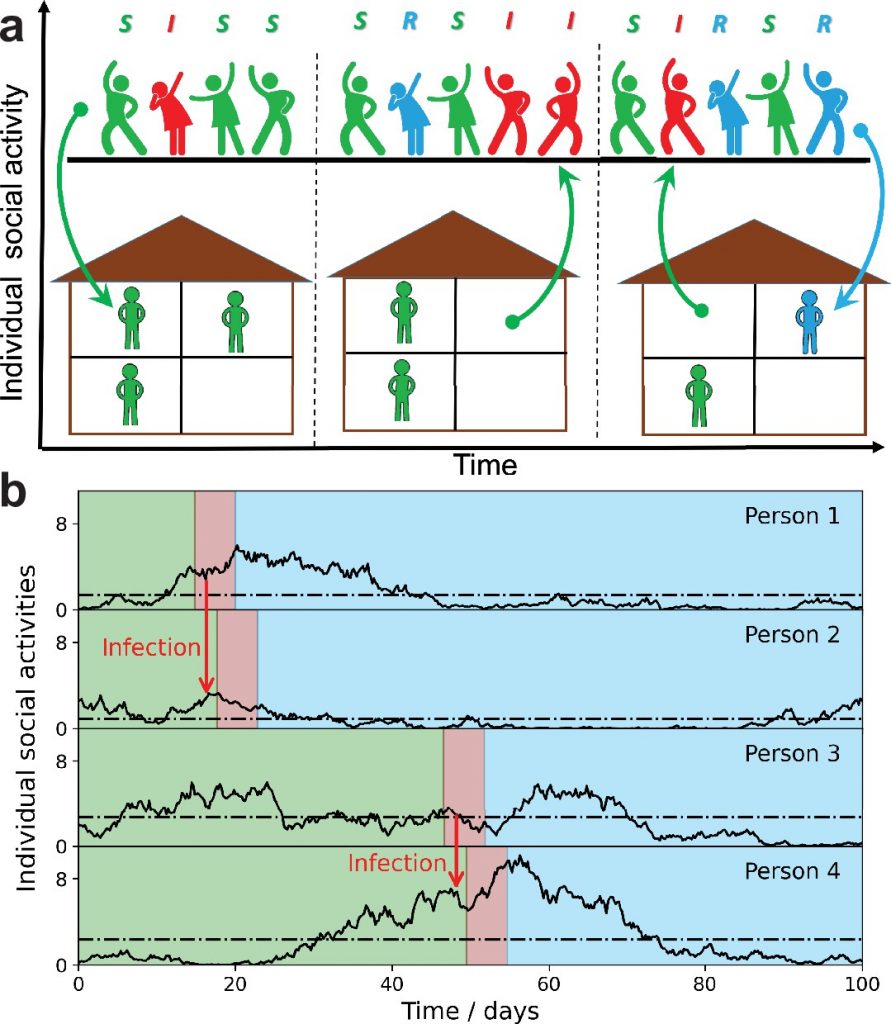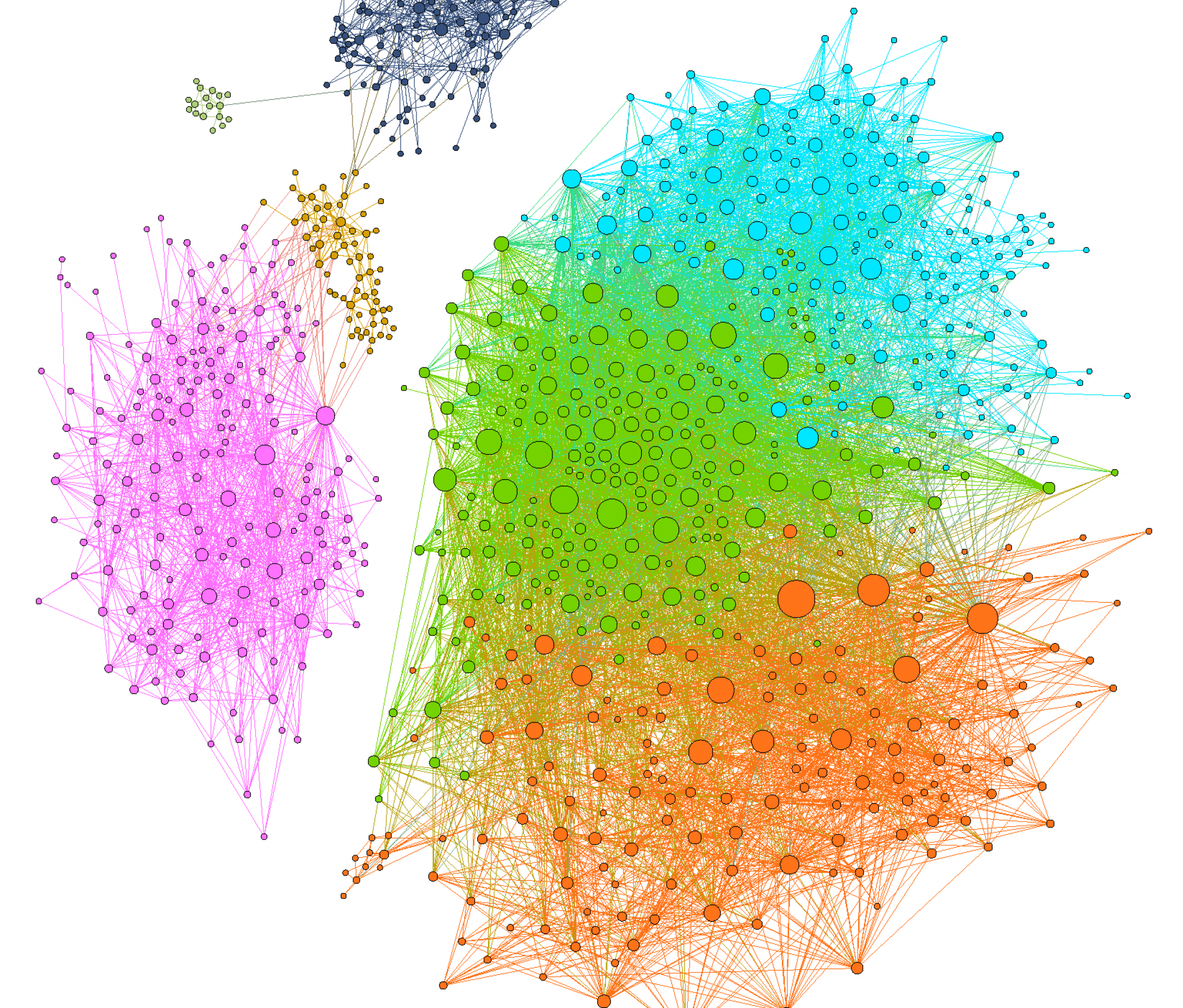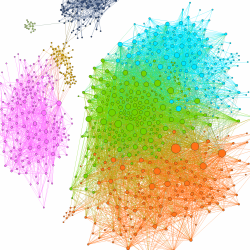See UIUC Physics Department press release and The Atlantic magazine article. In (eLife 2021) we developed a new epidemiological model that encompasses randomness and dynamic variability of individual social interactions and used it to explain COVID-19 waves in US between July 2020 and March 2021.
Our eLife research editor was Mark Lipsitch, Harvard epidemiologist and the director of science in the newly formed Disease Forecasting Center at CDC. In his editorial statement, he wrote: “This is an excellent and elegant example of what theory can do at its best in epidemiology: it takes a widely observed phenomenon that is an ‘”embarrassment’” (my word) to current theories; proposes a parsimonious explanation that is plausible for the phenomenon by extending the existing theories in a specific way; and makes a plausible case for the importance of the mechanism in explaining key features of the data. In this case, the embarrassing phenomenon is long periods of very slowly changing incidence/prevalence, and the modification to theory is incorporation of dynamic social heterogeneity. This should stimulate much further work in the field. Congratulations to the authors.”


